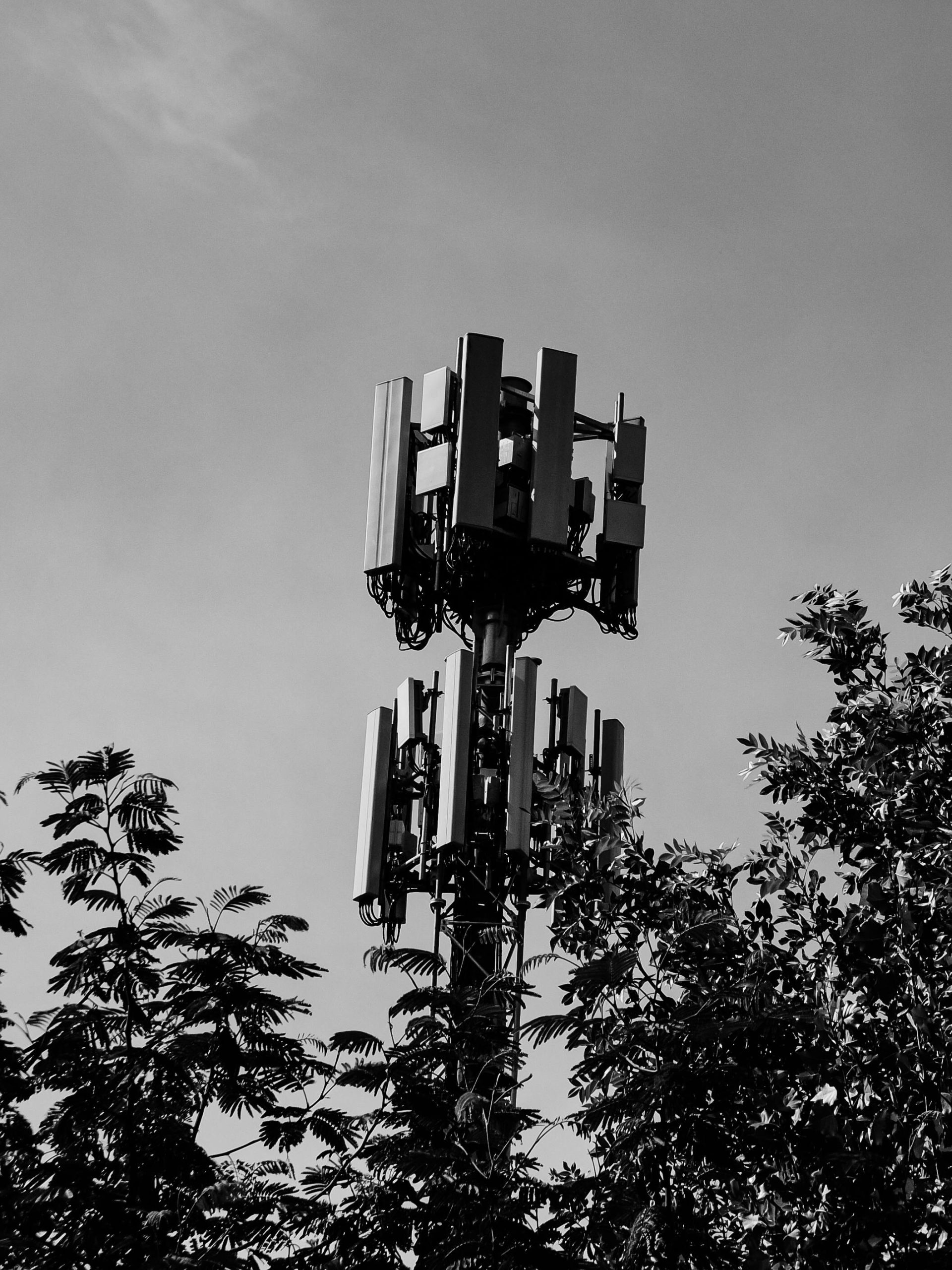The mobile technology landscape is undergoing a seismic shift with the advent of 5G. This next-generation connectivity isn’t just an incremental upgrade—it’s a revolution that’s redefining how we interact with our devices. From blazing-fast download speeds to near-instantaneous responsiveness, 5G is unlocking new possibilities for smartphones, tablets, and other mobile gadgets. As this technology rolls out globally, its impact is being felt across industries, reshaping entertainment, productivity, and even healthcare. Let’s explore how 5G is transforming mobile devices and what this means for users worldwide.
Lightning-Fast Speeds and Reduced Latency
One of the most noticeable changes 5G brings to mobile devices is its incredible speed. While 4G networks typically offer download speeds of 20-50 Mbps, 5G can deliver 100-1000 Mbps or more under ideal conditions. This means:
- Downloading a full HD movie in seconds instead of minutes
- Seamless 4K video streaming without buffering
- Instant loading of complex web pages and apps
Equally important is the dramatic reduction in latency—the delay before data transfer begins. 5G cuts latency down to 1-10 milliseconds compared to 4G’s 30-50 ms. This near real-time responsiveness enables:
- Smoother video calls and live streaming
- More responsive cloud gaming experiences
- Improved performance for augmented reality applications
Enhanced Mobile Gaming and AR/VR Experiences
The gaming industry is being transformed by 5G’s capabilities. Mobile devices can now deliver console-quality gaming experiences without the need for expensive hardware. Cloud gaming services like Xbox Cloud Gaming and NVIDIA GeForce NOW benefit immensely from 5G’s low latency and high bandwidth.
Augmented and virtual reality applications are also reaching new heights:
- AR navigation with real-time overlays becomes more precise
- VR headsets can stream high-resolution content wirelessly
- Multiplayer AR games achieve seamless synchronization
Smartphone manufacturers are responding to these possibilities by equipping their devices with more powerful GPUs, advanced cooling systems, and high-refresh-rate displays—all optimized for 5G connectivity.
The Internet of Things (IoT) and Smart Device Integration
5G isn’t just changing smartphones—it’s creating a more connected ecosystem of mobile and smart devices. The technology’s ability to support up to 1 million devices per square kilometer (compared to 4G’s 2,000-10,000) makes it ideal for IoT applications.
Key developments include:
- Smartphones serving as hubs for entire smart home networks
- Wearables like smartwatches maintaining constant, reliable connections
- Industrial IoT devices communicating in real-time with mobile interfaces
This dense connectivity enables scenarios where your phone can simultaneously stream 4K video while monitoring your home security system, tracking your fitness metrics, and receiving updates from your smart refrigerator—all without performance degradation.
New Possibilities in Mobile Photography and Videography
5G is revolutionizing how we capture and share visual content. The combination of high bandwidth and low latency enables:
- Instant cloud backup of high-resolution photos and 8K videos
- Real-time collaborative editing between multiple devices
- Live streaming at broadcast-quality resolutions
Smartphone cameras are evolving to take advantage of these capabilities. Many flagship devices now offer:
- Computational photography powered by cloud AI
- Multi-camera setups that can stream different angles simultaneously
- Enhanced video stabilization for professional-grade mobile journalism
The ability to quickly upload and process large media files in the cloud also means mobile devices don’t need as much onboard storage, potentially leading to thinner, lighter designs.
Challenges and Considerations for 5G Adoption
While 5G offers tremendous benefits, its rollout comes with certain challenges:
- Battery Life: 5G radios consume more power, requiring larger batteries and more efficient chipsets
- Coverage: Millimeter wave 5G has limited range, requiring dense infrastructure
- Device Costs: Early 5G smartphones carried premium prices, though costs are decreasing
- Heat Management: The increased performance generates more heat, demanding better cooling solutions
Manufacturers are addressing these issues through:
- More power-efficient 5G modems and processors
- Adaptive connectivity that switches between 4G and 5G as needed
- Advanced thermal management systems in mobile devices
As these solutions mature, 5G will become more accessible to mainstream users across all price segments.
The 5G revolution is still in its early stages, but its impact on mobile devices is already profound. From transforming how we game and create content to enabling entirely new categories of connected experiences, this next-generation connectivity is reshaping what our smartphones and tablets can do. As network coverage expands and device technology advances, we’re only beginning to glimpse the full potential of 5G-powered mobile computing. The devices in our pockets are becoming more powerful, more connected, and more integral to our digital lives than ever before—and this is just the beginning of the 5G era.
